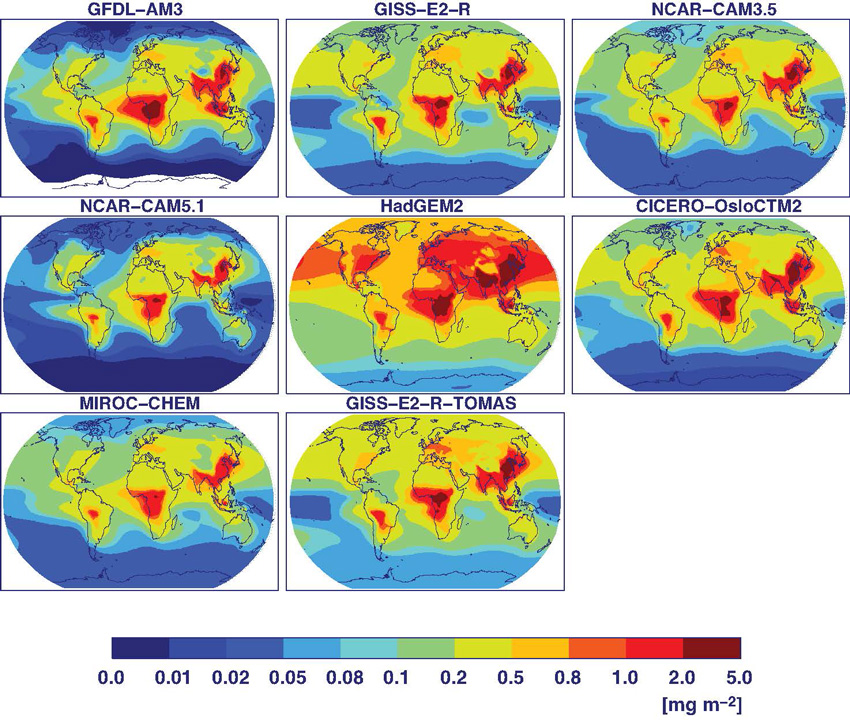
New Tool for Studying Toxic Metals in the Environment
Method enables quantification of thiols on bacteria and natural organic matter.

Method enables quantification of thiols on bacteria and natural organic matter.

Genetic insights into nutrient movement will enhance bioenergy feedstock’s sustainability.

Mycorrhizae inhabiting plant roots have major impact on carbon release rates.

Study reveals insights into plant structural changes during bioenergy pretreatments.

Duckweed sequencing reveals insights into genes for lignin, cellulose, and starch production.

Study comparing data from hundreds of U.S. catchments could improve flood prediction.

The species and its relatives appear to be prevalent in areas of high methane flux worldwide.

ARM study reveals surprising amount of light absorption by large aerosol particles.

Model examines water-energy relationships at the regional level.

DOE Joint Genome Institute expands data and analytical tools.

Land model improvements are enabling more realistic representations of the climate and hydrological consequences of crop irrigation.

Model comparison evaluates black carbon levels and impacts.
Signup for the Office of Science’s GovDelivery email service, and check the box for the Biological and Environmental Research Program in your subscriber preferences.
Subscribe